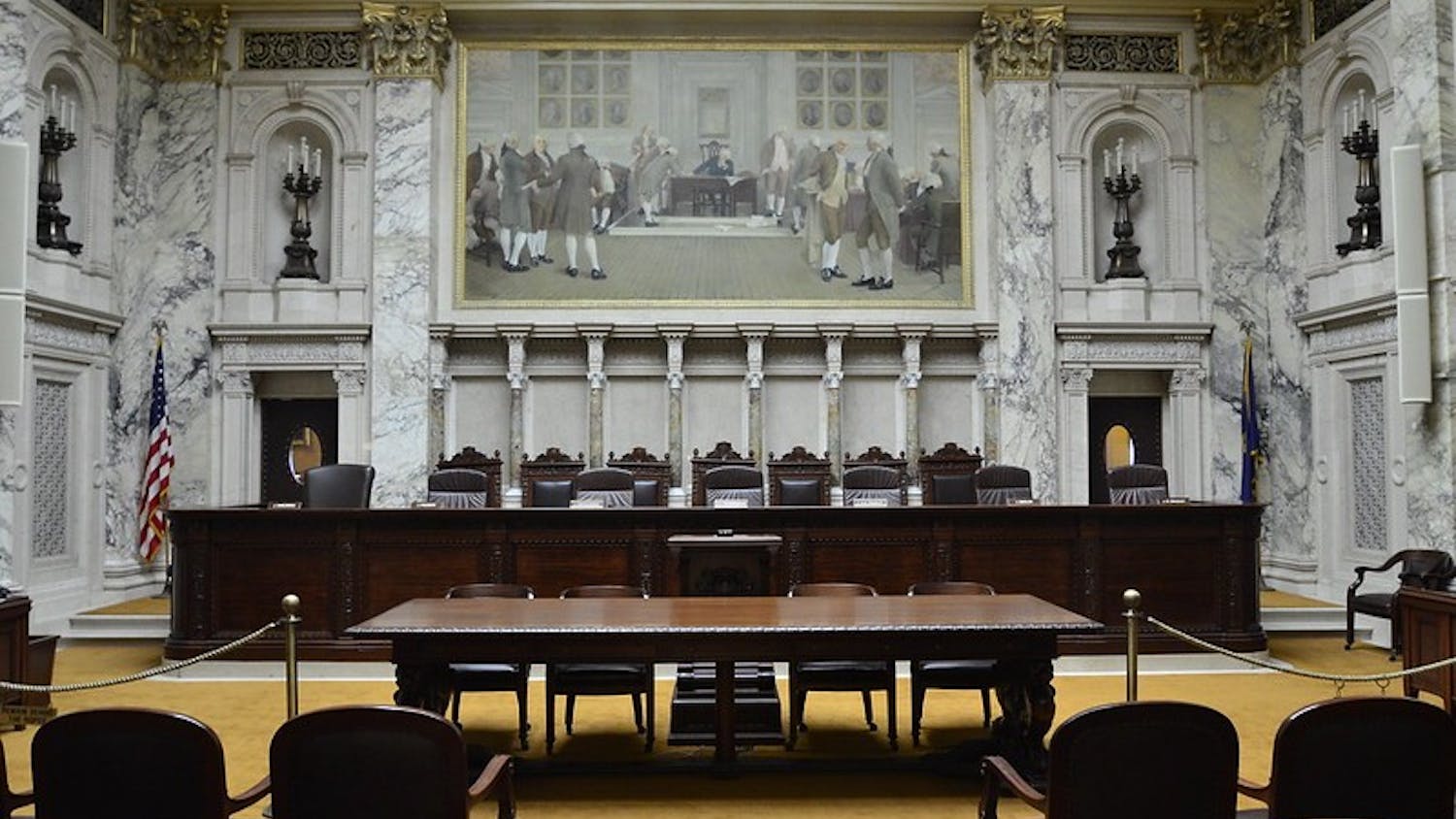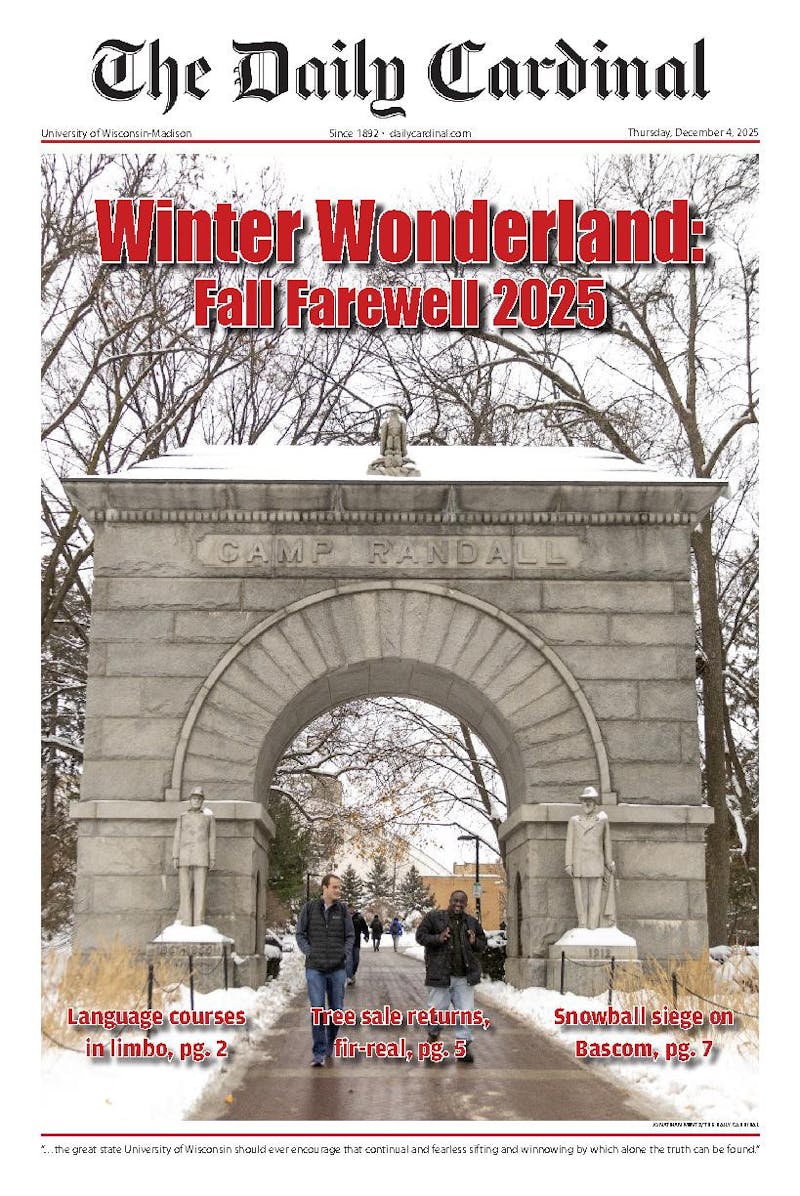The Good German"" is a curiosity of a film""a homage to 1940s noir classics without the hard-boiled dialogue, a vivid aesthetic recreation rife with narrative anachronisms and a nostalgic celebration of the silver screen without a shred of sentimentality. It's no wonder that Warner Bros. has all but given up on marketing the film, which when combined with lukewarm reception by New York and Los Angeles critics will likely lead to the film's quick burial among the DVD racks, perhaps alongside the very films from which it borrows""most notably: ""Casablanca,"" ""The Third Man"" and ""A Foreign Affair."" While not likely to connect with mainstream audiences, however, the film is still a joy to behold, and should prove a worthwhile viewing experience for film students and cinephiles alike.
Steven Soderbergh, further proving his chameleon-like status as a director (his last film was the micro-budget indie, ""Bubble,"" his next, ""Ocean's 13""), is clearly on comfortable ground with his latest film, a spy thriller set in post-war Berlin. Based on Joseph Kanon's 2001 novel of the same name, ""The Good German"" follows Jacob (George Clooney), a disillusioned war correspondent as he returns to bombed-out Berlin, less interested in covering the Potsdam conference than in rekindling a romance with Lena (Cate Blanchett), a femme fatale he took up with before the war.
Things are complicated, however, by Lena's romance with a sadistic American G.I. (Tobey Maguire) and her past, which involves a missing husband, a dead Russian officer, a Nazi SS scientist on the rocket program and a trail of bodies. A detailed discussion of the plot would be superfluous, however, as the story eventually collapses under its own weight, leaving even the most veteran noir aficionados scratching their heads though the closing credits. Perhaps such a criticism is beside the point in a film that is clearly more about style than substance.
And stylish it is. From Thomas Newman's sweeping score to Soderbergh's stunning black and white cinematography, the film evokes the look and feel of the period, the cigarette smoke and chiaroscuro drenching the screen in atmosphere. Even more impressive, the film, which recreates post-war Berlin with stunning detail, was shot almost entirely on sound stages in Los Angeles, and only with vintage lenses, cameras and lights. The acting also caters to the period's extroverted style, and while Maguire falls flat playing against type, Blanchett is a marvel, channeling Marlene Dietrich in a performance that's not to be missed. Despite the film's beauty, by the time the last scene rolls around, viewers will wish Soderbergh had spent less time fussing over the look of the film and devoted a bit more to emulating the feel of classic cinema.
While jarring anachronisms abound (swearing and sex scenes would have never passed in the heyday of the Hollywood Code), perhaps the most disappointing is the film's last scene, which despite recreating the iconographic set piece of ""Casablanca's"" airport goodbye, ends on a note so cynical that even the most hardened viewers will long for a smile, a wave or a ""Here's looking at you, kid."" In a film so obviously motivated by nostalgia, it's a shame Soderbergh's heart is in the wrong place, suggesting that regardless of intention, imitation isn't always the best form of flattery.





